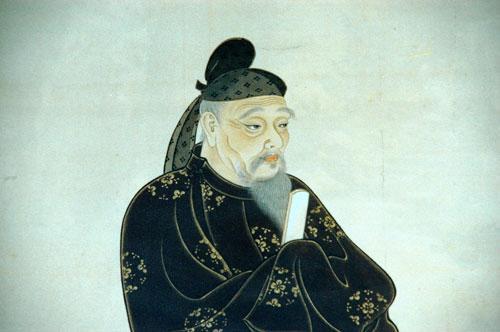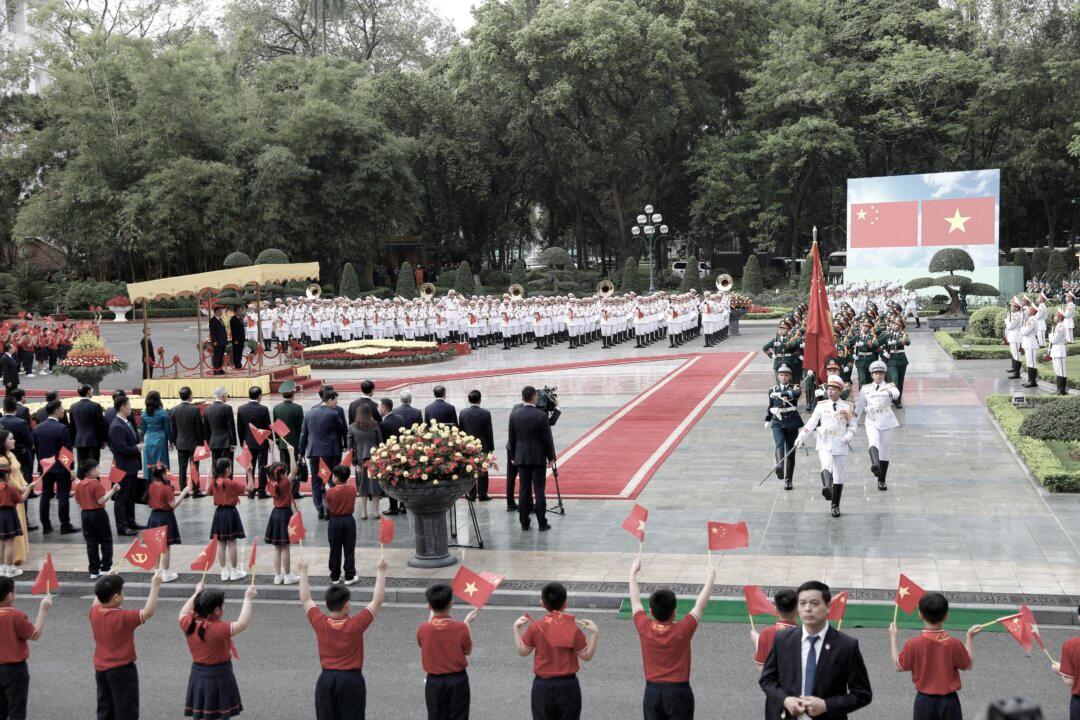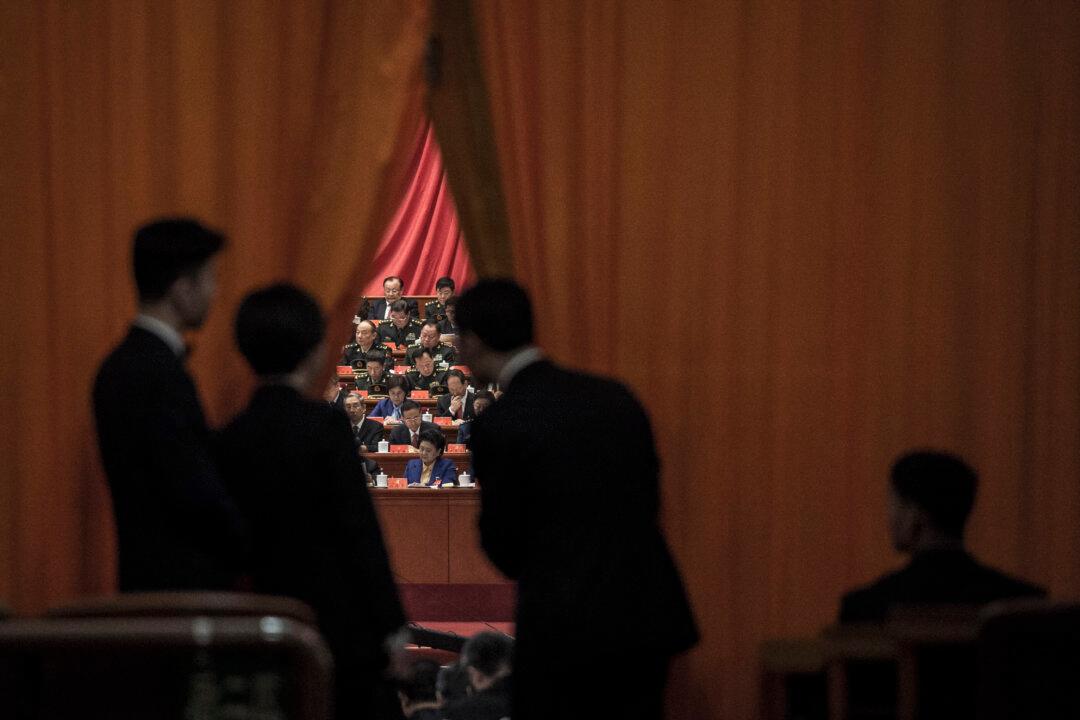When Japanese emperor Kotoku rose to the Japanese throne in the seventh century, he began a new age that would bring the island nation into a new era of civilization.
Across the sea on the Asian mainland was the massive and prosperous Tang Chinese empire. During his nine-year reign, Kotoku ordered multiple missions to visit the Tang capital of Chang'an, and started the reforms that would lead to Japan learning from and emulating China at its finest.
The transformations that Japan underwent in the following decades and centuries represented the Japanese elite and nobility’s respect and admiration of the Middle Kingdom. Their efforts to replicate intact the core virtues of Chinese culture in their own architecture, attire, literature, calendric system, arts, and national character would shape the land of the rising sun for over a thousand years.

The Taika Reform Brings Tang Culture to Japan
Driving the success of the Tang Dynasty was founding Emperor Li Shimin, regally known as Taizong, who ruled from A.D. 626 to 649. The sprawling empire he built stretched from Central Asia to Korea, and was an unparalleled cultural as well as military superpower that foreign kingdoms regarded with awe. Taizong’s imperial capital, Chang'an was a world city of over a million people and was bustling with delegations, students, and monks from around Eurasia.
Sino-Japanese relations took off in the later years of Taizong’s reign, when Kotoku took the throne in 645. Known by his regal name Taika, the ruler launched a reform of the same name. With a mind to restructuring and formalizing the Japanese state and economy, the purpose of the emperor’s reform was to learn from and institute the political and legal workings of the Tang Dynasty.
Kotoku’s reform lasted five years and ended the previous Asuka period of Japanese history that had begun in the fourth century. In the following two decades, Japan dispatched over a dozen diplomatic missions to China to study the ways of the Tang Dynasty. Such delegations, consisting of hundreds of monks, scholars, architects, and artisan women in addition to official diplomats, visited legendary relics, learned the classics, and brought back with them to Japan invaluable knowledge.
Mainstream Japanese society quickly adopted the cultural, spiritual, and scientific imports. A fine example is the spread of classical Chinese language and poetry. The Japanese had written using Chinese characters, called kanji in Japan, for centuries before the Tang, but the introduction of definitive Chinese works such as the “Classic of Poetry” (Shijing), the “Selections of Refined Literature,” and “New Odes of the Jade Terrace” produced a typhoon of interest.

The popularization of Chinese verse among Japan’s literate elites influenced the development of Waka poetry and other Japanese forms of literary work. In 751, an unknown compiler put together the Kaifuso, a collection of 120 poems by 64 authors writing in the styles found in China’s Six Dynasties and Tang era. The works include odes to the moon, Chinese plum, the chrysanthemum flower (now the symbol of the Japanese emperor), snow, drinking, and Buddhist and Taoist spiritual cultivation.
Kotoku’s decisions also directly influenced the development of the Japanese state. In 700, senior ministers who had studied in China or were the descendants of those sent to China received orders to create the Taiho Code. These laws, the oldest body of legal literature in Japan, were inspired by those implemented under the Tang Chinese and fully promulgated in 702.
The Birth of Japanese Writing

Despite being an East Asian people, the Japanese speak a language far removed from the Chinese dialects. Nonetheless, Chinese characters—which primarily represent meaning and not sound—form the basic components of the Japanese literary language.
It was also during the Tang Dynasty that, to adapt to the unique characteristics of Japanese linguistics and grammar, different renaissance men created the cursive style of phonetic writing that is used today alongside kanji, the Japanese word for Chinese characters.
Kibi no Makibi was a noble of great scholarly accomplishment who made two trips to study astronomy, the Chinese calendar, military science, construction, and law in Chang'an. He invented the phonetic alphabet called katakana, generally derived from the straight strokes of kanji. Today, this script is mainly used to transliterate sounds and foreign words into Japanese.


Hiragana, the other phonetic script, was created by the monk Kukai, who studied Buddhism and Chinese classics in Chang'an’s Qinglong Temple. This script and katakana came to be essential tools for writing vernacular Japanese.
Before the advent of kana, only Japanese who knew Classical Chinese—the East Asian counterpart to Latin in Western and Central Europe—could read and write. Kana allowed people to compose and read kanji in a way that fit their spoken language. This development facilitated the learning of Chinese history, astronomy, medicine, and other arts across general Japanese society.
Cultural Accomplishments Preserved
In 735, when Kibi no Makibi returned to Japan, he had with him 200 volumes, which he presented to the emperor, among them the “Essential Compendium of Music.” This classic was later lost in China but preserved in Japan. He also brought classical Chinese musical instruments, such as the guzheng, or Chinese zither, which inspired the Japanese koto.
Kukai, the bonze (a Japanese or Chinese Buddhist monk) who created hiragana, was an accomplished man of letters and calligraphist. A scholar of Chinese literary works, he compiled a groundbreaking theoretical volume on writings from the Han, Wei, Sui, and Tang dynasties—the Bunkyo Hifuron. He used his extensive research to reflect on his own literary style and for future generations to use as an analytical reference.
Kukai also helped spread Chinese calligraphy to Japan, and is considered one of the three calligraphy masters of the Heian period of Japanese history (794–1185).


Foundations of an Imperial State
The Taika Reform gradually transformed Japan into a nation governed by law and decrees, and paved the way for feudalism. Simple departments and ministries that had existed before were expanded and complemented with institutions like clan registry and tax collection.
Japanese authorities adopted the Tang Dynasty “circuit” as a province-sized subdivision, a term that has now mostly fallen out of use but is preserved in the name of Japan’s northernmost island, Hokkaido—literally rendered “Northern Sea Circuit.”
Kyoto, the traditional seat of the Japanese emperor prior to being replaced by Tokyo in the 1800s, was planned and built with the same rectangular layout and architectural style as the Tang capital at Chang'an. In both cities, the imperial palace was located due north—considered an auspicious position for the monarch or familial patriarch, for it symbolized the North Star.
While vastly overshadowed by Tokyo in population and importance, Kyoto retains a distinctly classical character inherited from the days when the Japanese looked to the Tang and sought to learn from that great empire. During World War II, the city largely escaped the extensive American bombing raids that devastated more industrial cities, and was spared the atomic bomb partly for its cultural significance.

The Origin of the Rising Sun
Prior to Japan’s extensive contacts with the Tang empire, the nation had no native name: the Japanese were an insular culture and had no need to refer to themselves as a whole, while the Chinese had used the disparaging title of “dwarf barbarians.”
This changed as the Chinese became increasingly aware of the nation to its east. Texts written in the era show the emergence of a new term, composed of the characters “Ri ben,” meaning roughly “the sun’s origin.” From a Chinese perspective, the Japanese were a people beyond the eastern sea, living at the sunrise. The Japanese pronunciation of the name is Nihon or Nippon.
In the writings of Marco Polo on his travels to China, he referred to the country as “Cipangu,” or the country of Japan, approximating the Chinese dialect spoken at the time. This word eventually morphed into the modern Western name Japan.




